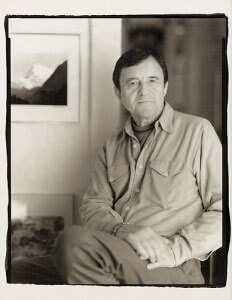Dan Budnik (b.1933, Long Island, NY) studied painting at the Art Students’ League of New York. After being drafted, he started photographing the New York school of Abstracts Expressionist and Pop Artists in the mid-fifties, making it a primary focus for several decades. He made major photo-essays on Willem de Kooning and David Smith, among many other artists. It was his teacher Charles Alston at the Art Students’ League of New York, the first African American to teach at the League, who inspired his interest in documentary photography and the budding Civil Rights Movement.
In 1957 he started working at Magnum Photos, New York, assisting several photographers, notably Cornell Capa, Burt Glinn, Eve Arnold, Ernst Haas, Eric Hartmann and Elliott Erwitt. In March 1958 Budnik travelled to live with the underground in Havana for 6 weeks during the Cuban revolution. Budnik continued to work with Magnum for half of his time, until joining as an associate member in 1963. In 1964 he left Magnum and continued specializing in essays for leading national and international magazines, focussing on civil and human rights, ecological issues and artists.
Since 1970 Budnik has worked with the Hopi and Navaho traditional people of northern Arizona, and received for this work a National Endowment for the Arts Grant in 1973 and a Polaroid Foundation Grant in 1980. In 1998 he was the recipient of the Honor Roll Award of the American Society of Media Photographers. He lives and works in Tucson and Flagstaff, Arizona.
Source: danbudnik.com
